Tungsten Disulfide Used in Water-splitting for Hydrogen Production
- Details
- Category: Tungsten Information
- Published on Friday, 11 October 2019 19:12
- Written by Yanqiu
- Hits: 1541
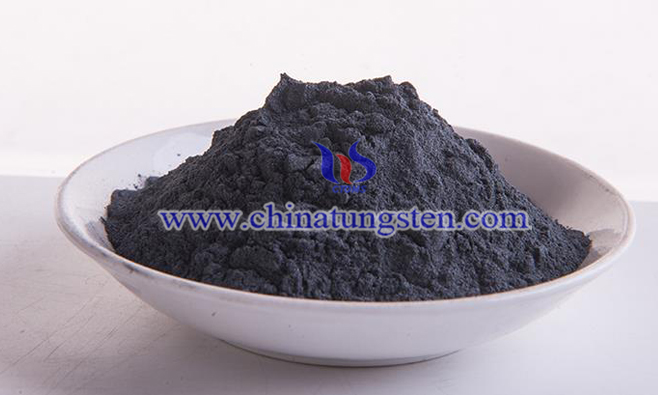
Tungsten disulfide is a new kind of photocatalyst that has high photocatalytic activity. Such a photocatalyst can be widely used in photocatalytic water-splitting for hydrogen production, because it can effectively improve the utilization of solar energy and hydrogen production rate under visible light.
Read more: Tungsten Disulfide Used in Water-splitting for Hydrogen Production
Tungsten Disulfide Film Prepared by Radio Frequency Sputtering
- Details
- Category: Tungsten Information
- Published on Friday, 11 October 2019 19:07
- Written by Yanqiu
- Hits: 1380
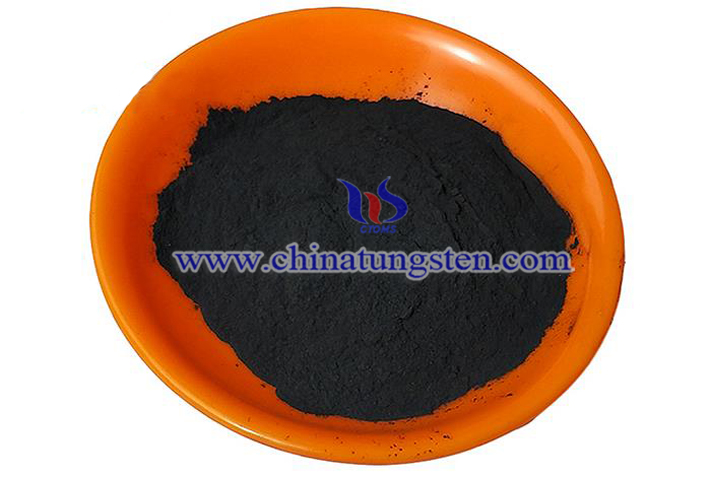
Radio frequency sputtering is a common and simple method for preparing tungsten disulfide film that has good compact and coating binding force. And in the preparation process, tungsten disulfide target is discharged continuously by radio frequency excitation in inert gas.
Read more: Tungsten Disulfide Film Prepared by Radio Frequency Sputtering
Nano Tungsten Disulfide Prepared Under High Temperature and Self-pressurization
- Details
- Category: Tungsten Information
- Published on Friday, 11 October 2019 19:00
- Written by Yanqiu
- Hits: 1513
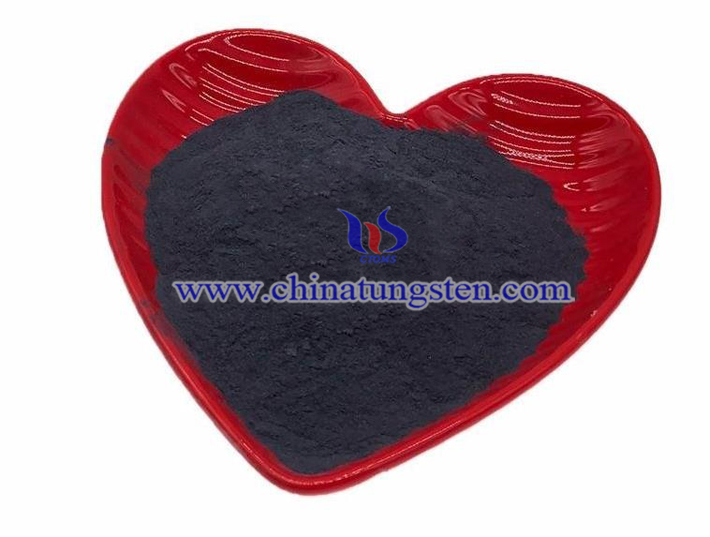
Nano tungsten disulfide can be prepared under high temperature and self-pressurization. During the preparation process, WO3 sol, dispersant DMSO and sublimed sulfur are reacted at 900°C. And nano tungsten disulfide with different morphologies can be prepared by controlling the preparation temperature.
Read more: Nano Tungsten Disulfide Prepared Under High Temperature and Self-pressurization
Tungsten Disulfide Film Prepared by Reactive Magnetron Sputtering
- Details
- Category: Tungsten Information
- Published on Friday, 11 October 2019 19:04
- Written by Yanqiu
- Hits: 1501
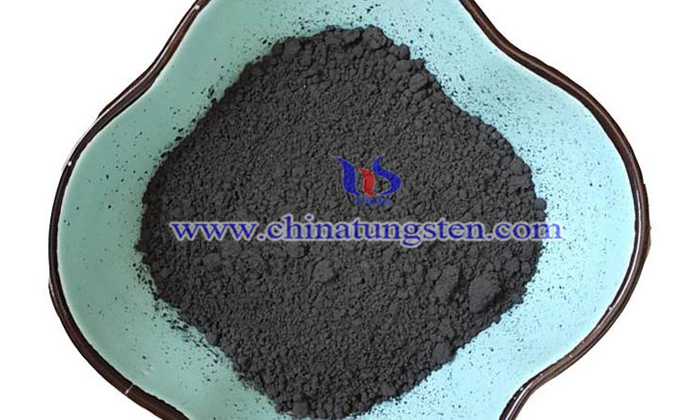
Reactive magnetron sputtering is a common and easy method for preparing tungsten disulfide film with high melting point. The preparation process involves the reactive deposition of atoms sputtered from tungsten targets and sulfur ions that produced by hydrogen sulfide (H2S).
Read more: Tungsten Disulfide Film Prepared by Reactive Magnetron Sputtering
The Causes of Nano Tungsten Disulfide Agglomeration
- Details
- Category: Tungsten Information
- Published on Thursday, 10 October 2019 19:33
- Written by Yanqiu
- Hits: 1552
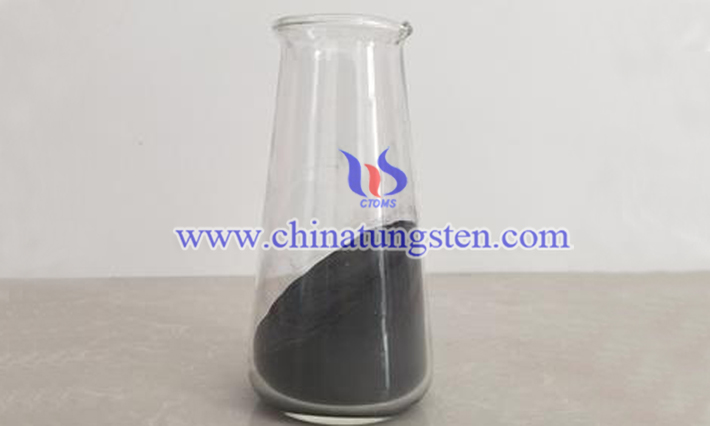
Nano tungsten disulfide is usually used as lubricant additive to improve the lubricating performance of original lubricating oil. However, it is prone to agglomeration during the addition, which is closely connected with its small particle size and high surface energy.
Read more: The Causes of Nano Tungsten Disulfide Agglomeration





 sales@chinatungsten.com
sales@chinatungsten.com